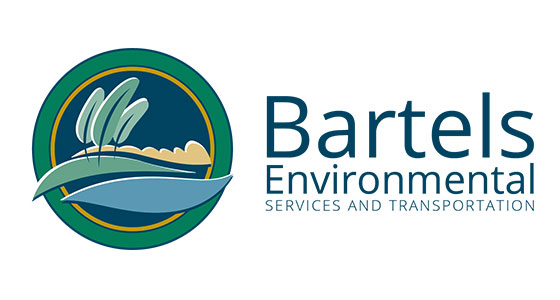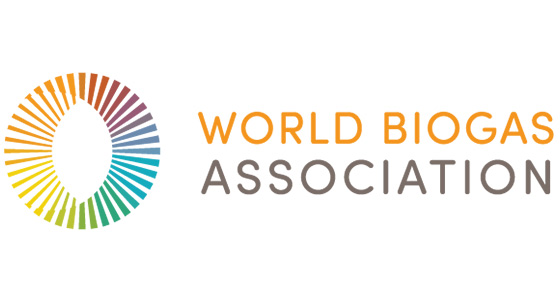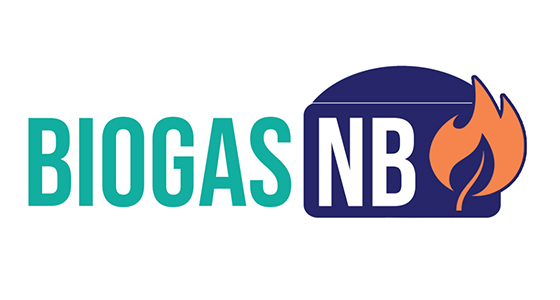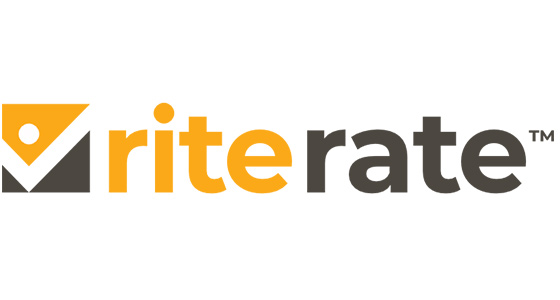May 24, 2022

The recent report, Hitting Canada’s Climate Targets with Biogas & RNG, identified the optimal policy mix for leveraging biogas & RNG to meet Canada’s climate goals is a renewable gas mandate combined with a carbon offsets system that allows credits to be generated for the destruction of methane in landfills and agriculture.
The companion Insights article Everything you need to know about a Renewable Gas Mandate covers one half of this policy mix, but what about carbon offsets? A carbon offsets system that allows carbon credits to be generated for methane destruction, including through utilization, in landfills and agriculture, on its own, is capable of driving important emissions reductions.
A carbon offsets system that allows credits to be generated for the recovery and destruction of methane in landfills and agriculture, when designed well, can achieve major methane reductions on their own in the short term, resulting in reductions of 18.7 Mt CO2e and 635 kt of methane by 2030.
There are already precedents in Canada for offset credits from methane abatement from landfill gas and agriculture. Here is an overview of how biogas & RNG can interact with carbon offset systems in Canada.
Federal Greenhouse Gas Offset System: The Federal Greenhouse Gas Offset System will encourage cost-effective GHG emissions reductions and removals in Canada from voluntary activities not covered by legal requirements or carbon pollution pricing. Offset credits can be used by facilities covered under the federal Output Based Pricing System (OBPS) to meet compliance obligations. Offset credits can also be used by government and/or the private sector to meet emission reduction or net-zero targets. The Federal GHG Offset System has one protocol in development related to biogas & RNG:
- Draft Protocol Landfill Methane Recovery and Destruction
- The current draft does not include processes that produce RNG, such as upgraders and injection, as an eligible device.
Québec Carbon Market Offset Credits: Offset credits, are one feature of the Québec greenhouse gas cap-and-trade system. This program allows participants to carry out GHG emission reduction projects originating from sectors and/or sources other than those already covered by the cap-and-trade system compliance obligations, as well as GHG removal projects, on a voluntary basis. These projects result in offset credits being issued, which can be sold to reporting emitters for use by them in meeting their compliance obligations. Related protocols to biogas & RNG include:
- Regulation respecting landfill methane reclamation and destruction of projects eligible for the issuance of offset credits
- Injection of RNG into a natural gas distribution network is an eligible reclamation device.
- Technical work is underway to develop a draft regulation for the biomethanization of manure.
Alberta Emission Offset System: The Technology Innovation and Emissions Reduction (TIER) Regulation is Alberta’s industrial greenhouse gas emissions pricing regulation and emissions trading system. Facilities regulated under TIER must reduce emissions to meet facility benchmarks. Alberta emission offsets are registered and publicly listed on the Alberta Emission Offset System. The Alberta Emission Offset System has the below quantification protocols related to biogas & RNG.
- Landfill Gas Capture and Combustion
- Eligible projects can place the upgraded landfill gas into the natural gas pipeline
- Biogas Production and Combustion
- Reduction of emissions from avoided/reduced storage of liquid manure is eligible as a baseline condition for anaerobic digestion projects
British Columbia GHG Emission Offset Projects: Organizations that have an obligation or desire to offset their greenhouse gas emissions can purchase B.C. Offset Units to meet emissions reduction or net-zero targets. To have their reductions recognized as B.C. Offset Units, projects must meet provincial regulations and requirements outlined in a Director-approved offset protocol. By purchasing offsets, regulated operations under the Greenhouse Gas Industrial Reporting and Control Act and public sector organizations can satisfy their legislative requirements. Voluntary purchasers can use B.C.’s high-quality offsets to meet their own sustainability targets. B.C. has one related protocol to biogas & RNG:
- Draft B.C. Methane Management Offset Protocol
- Eligible project reductions include landfill gas management, organics diversion, and wastewater treatment and manure management
For more information on which policies will unlock biogas & RNG, see Section 2.4 of Hitting Canada’s Climate Targets with Biogas & RNG.











